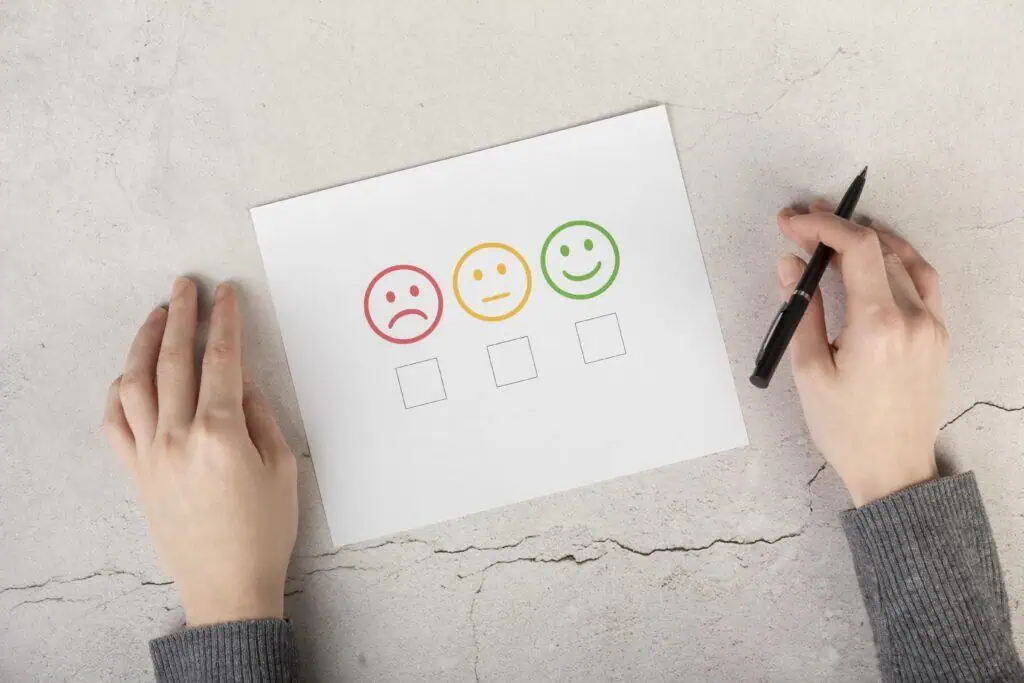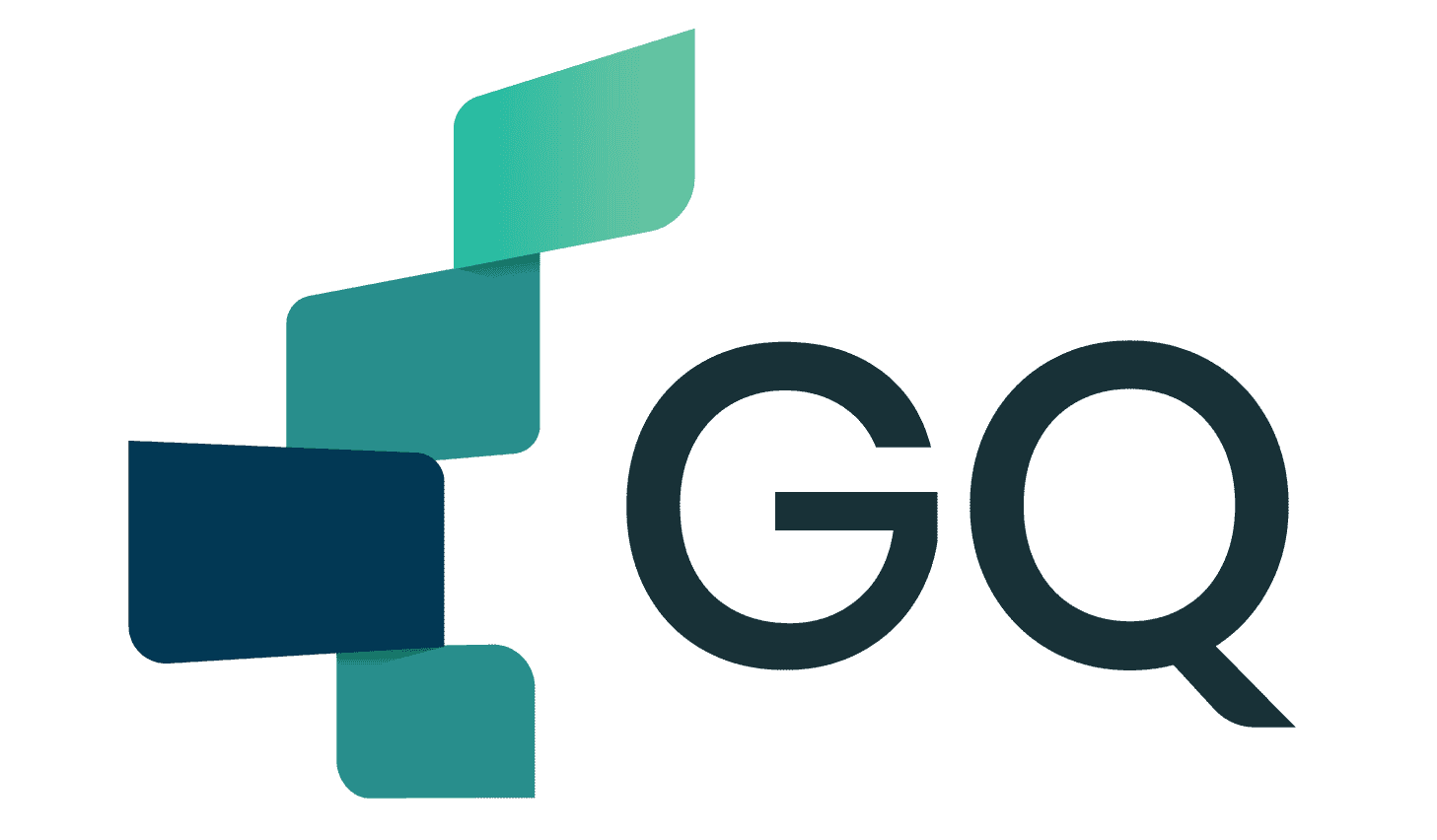
- Prevention Costs
- Appraisal Costs
- Failure Costs
- Total Quality Costs
- Cost of Quality and Organizational Objectives
The “cost of quality” is mostly bad interpreted as the price of creating a quality product or service. In reality it’s the cost of not making a quality product or service.
Every time work is redone, reworked, repeated, the cost of quality increases. Obvious examples include:
- The reworking of a manufactured item.
- The retesting of an assembly.
- The rebuilding of a tool.
- The correction of a bank statement.
- The reworking of a service, such as the reprocessing of a loan operation or the replacement of a food order in a restaurant.
In short, any cost that would not have been expended if quality were perfect contributes to the cost of quality.
Download our e-book
Download our free e-book to discover how GQ Interim can transform your business with expert leadership solutions!
Types of Quality Costs
Prevention Costs
The costs of all activities determined to prevent poor quality of products or services. These costs are connected with the design, implementation, and maintenance of the quality management system. They are planned and incurred before actual operation, and they could include:
Examples are the costs of:
- New product review
- Quality planning: creation of plans for quality, reliability, operations, production, and inspection
- Product or service requirements: establishment of specifications for incoming materials, processes, finished products, and services
- Supplier capability surveys
- Process capability evaluations
- Quality improvement team meetings
- Quality improvement projects
- Quality assurance: creation and maintenance of the quality system
- Quality education and training: development, preparation, and maintenance of program.
Appraisal Costs
The costs connected with measuring, evaluating, monitoring or auditing products or services to assure conformance to quality standards and performance requirements.
These costs are associated with the suppliers’ and customers’ evaluation of purchased materials, processes, products, and services to ensure that they conform to specifications.
These include the costs of:
- Incoming and source inspection/test of purchased material/verification
- In-process and final inspection/test
- Product, process or service audits
- Calibration of measuring and test equipment
- Associated supplies and materials
- Supplier rating: assessment and approval of suppliers of products and services.
Failure Costs
The costs resulting from products or services not meeting the requirements of customer/user needs. Failure costs are divided into internal and external failure categories.
- Internal Failure Costs
Failure costs occurring prior to delivery or shipment of the product, or the furnishing of a service, to the customer. These costs occur when the results of work fail to reach design quality standards and are detected before they are transferred to the customer
Examples are the costs of:
• Scrap: defective product or material that cannot be repaired, used, or sold
• Rework: correction of defective material or errors
• Re-inspection
• Re-testing
• Material review
• Downgrading
• Waste: performance of unnecessary work or holding of stock as a result of errors, poor organization, or communication
• Failure analysis: activity required to establish the causes of internal product or service failure
- External Failure Costs
Failure costs creating after delivery or shipment of the product — and during or after furnishing of a service — to the customer. These costs occur when products or services that fail to reach design quality standards are not detected until after transfer to the customer.
Examples are the costs of:
• Processing customer complaints: all work and costs associated with handling and servicing customers’ complaints
• Customer returns: handling and investigation of rejected or recalled products, including transport costs
• Warranty claims: failed products that are replaced or services that are re-performed under a guarantee
• Product recalls
• Repairs and servicing—of both returned products and those in the field.
Total Quality Costs
The sum of the above costs. This represents the difference between the actual cost of a product or service and what the reduced cost would be if there were no possibility of substandard service, failure of products or defects in their manufacture.
Cost of Quality and Organizational Objectives
The costs of doing a quality job, conducting quality improvements, and achieving goals must be carefully managed so that the long-term effect of quality on the organization is a desirable one.
Conclusion
These costs must be measurable to count the quality effort, and they are best determined from an analysis of the costs of quality. Such an analysis provides a method of assessing the effectiveness of the management of quality and a means of determining problem areas, opportunities, savings, and action priorities.
Cost of quality is also an important communication tool.
The quality cost system, once well established, should become dynamic and have a positive impact on the achievement of the organization’s mission, goals, and objectives.
Interested in Interim Expert?
Discover how interim management can dramatically increase the efficiency of your business. Get in touch with our team to learn how working with GQ Interim will improve your company.
- Get started within few days
- Database of 10 000+ consultants
- Solving crucial problems of your business
- Custom solutions for your business needs
- Proven results with measurable impact
Related articles

- A balanced scorecard example demonstrates how organizations can measure more than just financial performance. Developed by Robert Kaplan and David Norton, the balanced scorecard tracks goals across finance, customers, internal processes, and learning & growth. By aligning these perspectives, it ensures that daily operations support long-term strategy and sustainable growth.

- The Theory of Constraints (TOC) is a structured approach to improving organizational performance by focusing on the single most limiting factor—the constraint. Whether it’s a production bottleneck, market demand, or a sales conversion gap, TOC answers three core questions—what to change, to what to change, and how to cause the change—and drives continuous improvement through five disciplined steps: identify, exploit, subordinate, elevate, and repeat.

- Software quality assurance ensures that software consistently meets stakeholder needs by preventing defects and validating that products align with defined quality attributes (e.g., reliability, security, performance). Blending defect management practices with standards-based quality models like ISO/IEC 25010 helps teams plan, measure, and continuously improve quality throughout the lifecycle.

- During our jobs we meet very often with many symbols and shortcuts or abbreviations e.g. FMEA, PPAP, CC, SC etc. When I did my first internal audit at work I had to also check the implementation of CE marking. Previously I have done the research what is this CE marking to not be absolutely lost in this area. So what is it and how is itused?
